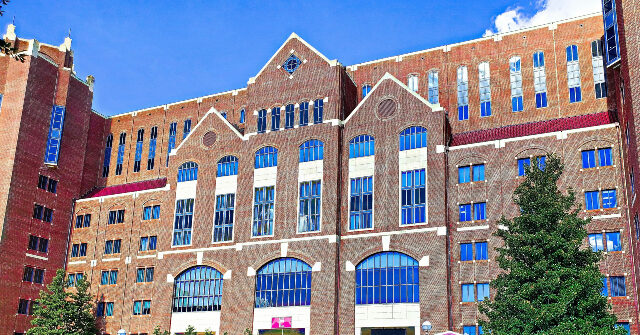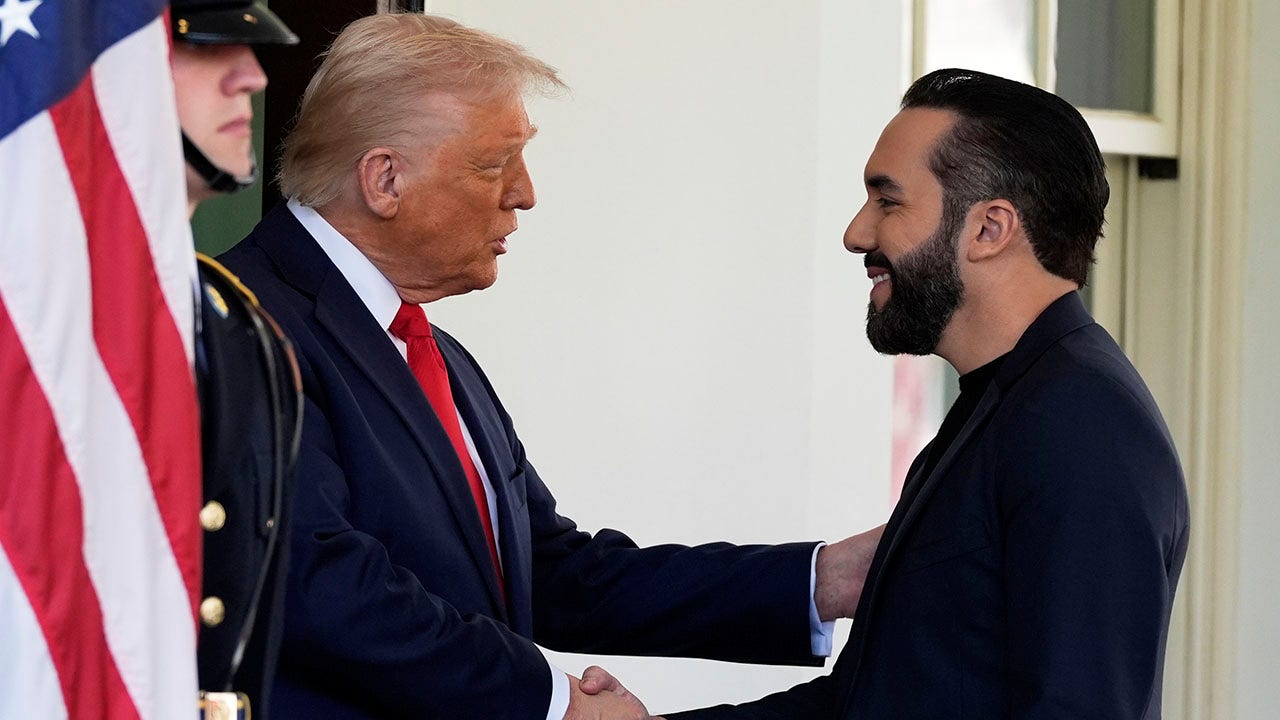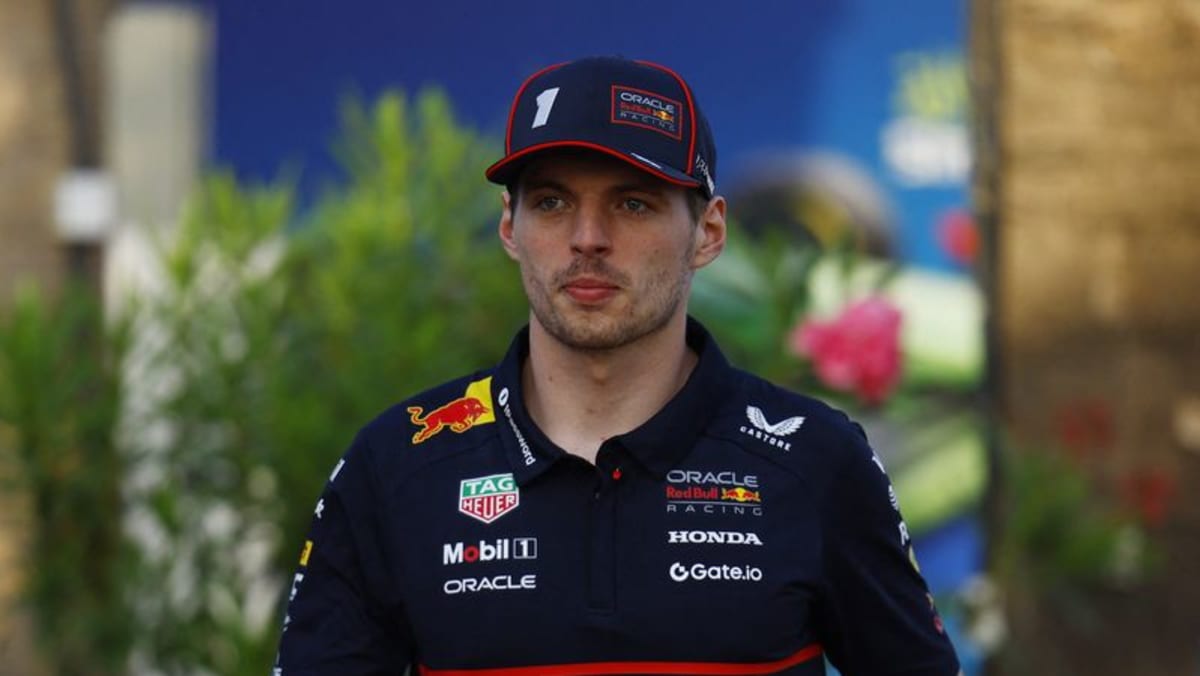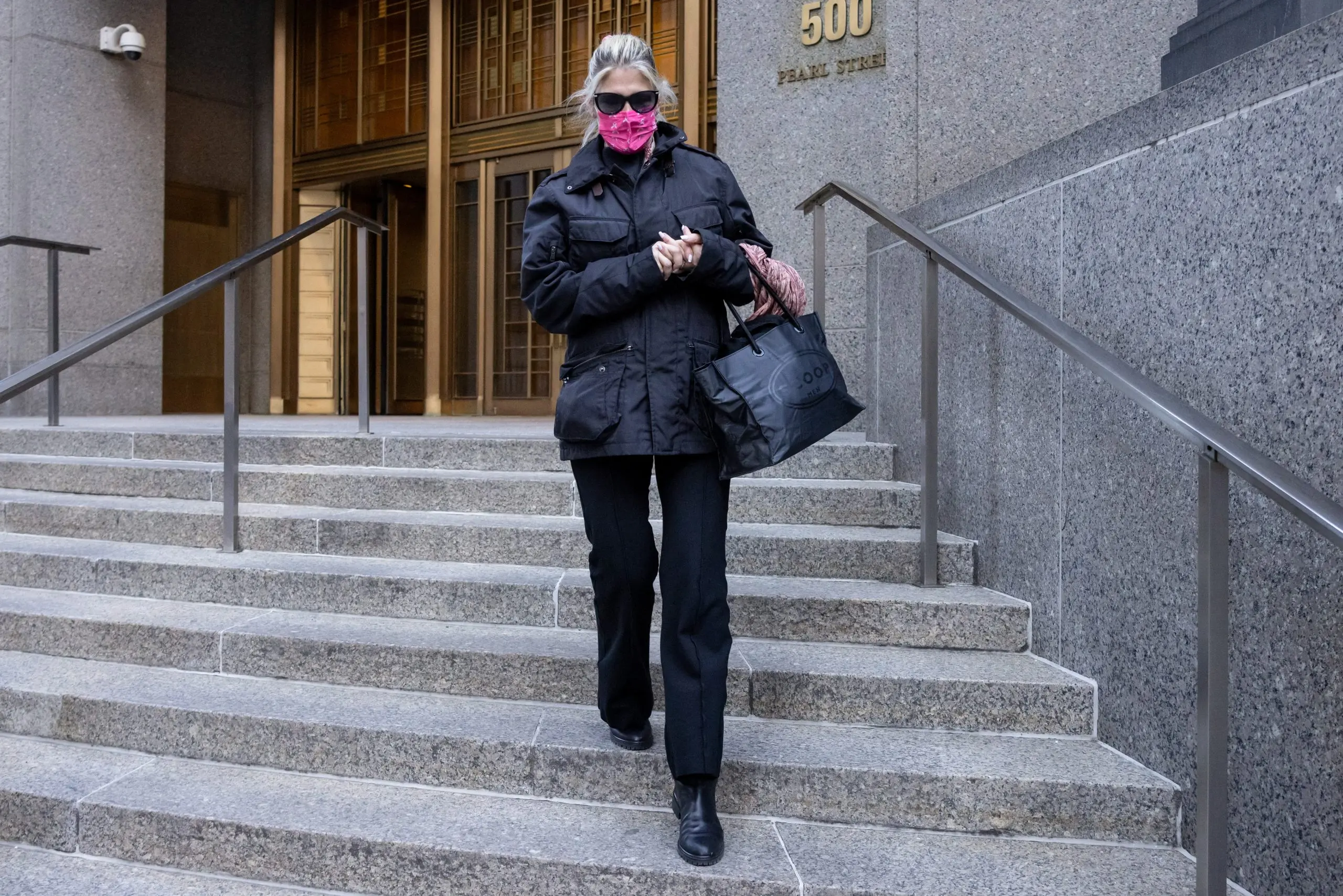Bubble tea connoisseurs in Southeast Asia spend $3.66 billion a year on the beverage and its many variants, a new study jointly conducted by Singapore tech venture enabler Momentum Works and digital payments firm Qlub found.
The largest market by number of consumers in Southeast Asia is Indonesia, with an estimated $1.6 billion annual turnover.
Thailand comes in second, with $749 million through more than 31,000 bubble tea stores and other retail channels.
Vietnam is ranked third with $362 million and Singapore fourth with $342 million.
Highest prices in Singapore
Singapore has the highest spending power despite the smallest population among the region’s six key markets, the report found. Accordingly, the average price of bubble tea in Singapore is double that of other countries in the region.
“This makes it a great entry point for premium brands,” Momentum Works said in a statement, adding that there are currently more than 60 active brands of bubble tea chains in the region.
Weak profitability
However, the study found that despite generally high margins, few bubble tea stores are profitable.
“The bubble tea industry has a good product gross margin of 60 per cent to 70 per cent,” the release said.
“Yet, few players have managed continuous profitability at a large scale,” it added, noting that “there is also an industry saying that nine out of ten bubble tea stores lose money.”
Ease of access, healthier choices are critical factors
The study also highlighted that pricing is not the only factor that affects customers’ purchasing decisions.
“Customers also decide based on the product selection at stores, as well as the ease of access which means the number of stores a brand has,” it said.
Consumer decisions are also increasingly based on more health-conscious options and nutritional values of the beverages, the study found, which means that chains which offer “healthier” alternatives are likely to be favoured in the future.
Taiwan invented it
Bubble tea is a tea-based drink that originated from Taiwan in the early 1980s and became increasingly popular across China where the market is now estimated to create $20 billion in annual revenue.
The drink most commonly mixes tea with milk and sugar and chewy tapioca balls, but there are a lot of other variants on market, namely drinks with toppings such as grass jelly, aloe vera, red beans and many others.
 Bubble tea connoisseurs in Southeast Asia spend $3.66 billion a year on the beverage and its many variants, a new study jointly conducted by Singapore tech venture enabler Momentum Works and digital payments firm Qlub found. The largest market by number of consumers in Southeast Asia is Indonesia, with an estimated $1.6 billion annual turnover. Thailand comes in second, with $749 million through more than 31,000 bubble tea stores and other retail channels. Vietnam is ranked third with $362 million and Singapore fourth with $342 million. Highest prices in Singapore Singapore has the highest spending power despite the smallest population…
Bubble tea connoisseurs in Southeast Asia spend $3.66 billion a year on the beverage and its many variants, a new study jointly conducted by Singapore tech venture enabler Momentum Works and digital payments firm Qlub found. The largest market by number of consumers in Southeast Asia is Indonesia, with an estimated $1.6 billion annual turnover. Thailand comes in second, with $749 million through more than 31,000 bubble tea stores and other retail channels. Vietnam is ranked third with $362 million and Singapore fourth with $342 million. Highest prices in Singapore Singapore has the highest spending power despite the smallest population…
 Bubble tea connoisseurs in Southeast Asia spend $3.66 billion a year on the beverage and its many variants, a new study jointly conducted by Singapore tech venture enabler Momentum Works and digital payments firm Qlub found.
Bubble tea connoisseurs in Southeast Asia spend $3.66 billion a year on the beverage and its many variants, a new study jointly conducted by Singapore tech venture enabler Momentum Works and digital payments firm Qlub found.
The largest market by number of consumers in Southeast Asia is Indonesia, with an estimated $1.6 billion annual turnover.
Thailand comes in second, with $749 million through more than 31,000 bubble tea stores and other retail channels.
Vietnam is ranked third with $362 million and Singapore fourth with $342 million.
Highest prices in Singapore
Singapore has the highest spending power despite the smallest population among the region’s six key markets, the report found. Accordingly, the average price of bubble tea in Singapore is double that of other countries in the region.
“This makes it a great entry point for premium brands,” Momentum Works said in a statement, adding that there are currently more than 60 active brands of bubble tea chains in the region.
Weak profitability
However, the study found that despite generally high margins, few bubble tea stores are profitable.
“The bubble tea industry has a good product gross margin of 60 per cent to 70 per cent,” the release said.
“Yet, few players have managed continuous profitability at a large scale,” it added, noting that “there is also an industry saying that nine out of ten bubble tea stores lose money.”
Ease of access, healthier choices are critical factors
The study also highlighted that pricing is not the only factor that affects customers’ purchasing decisions.
“Customers also decide based on the product selection at stores, as well as the ease of access which means the number of stores a brand has,” it said.
Consumer decisions are also increasingly based on more health-conscious options and nutritional values of the beverages, the study found, which means that chains which offer “healthier” alternatives are likely to be favoured in the future.
Taiwan invented it
Bubble tea is a tea-based drink that originated from Taiwan in the early 1980s and became increasingly popular across China where the market is now estimated to create $20 billion in annual revenue.
The drink most commonly mixes tea with milk and sugar and chewy tapioca balls, but there are a lot of other variants on market, namely drinks with toppings such as grass jelly, aloe vera, red beans and many others.













.JPG?width=1260&fit=cover&gravity=faces&dpr=2&quality=medium&source=nar-cms&format=auto&height=630)

:quality(70):focal(957x706:967x716)/cloudfront-us-east-1.images.arcpublishing.com/tronc/24TIPFPQHNHQRBL5X23PUF4T6A.jpg)




Discussion about this post